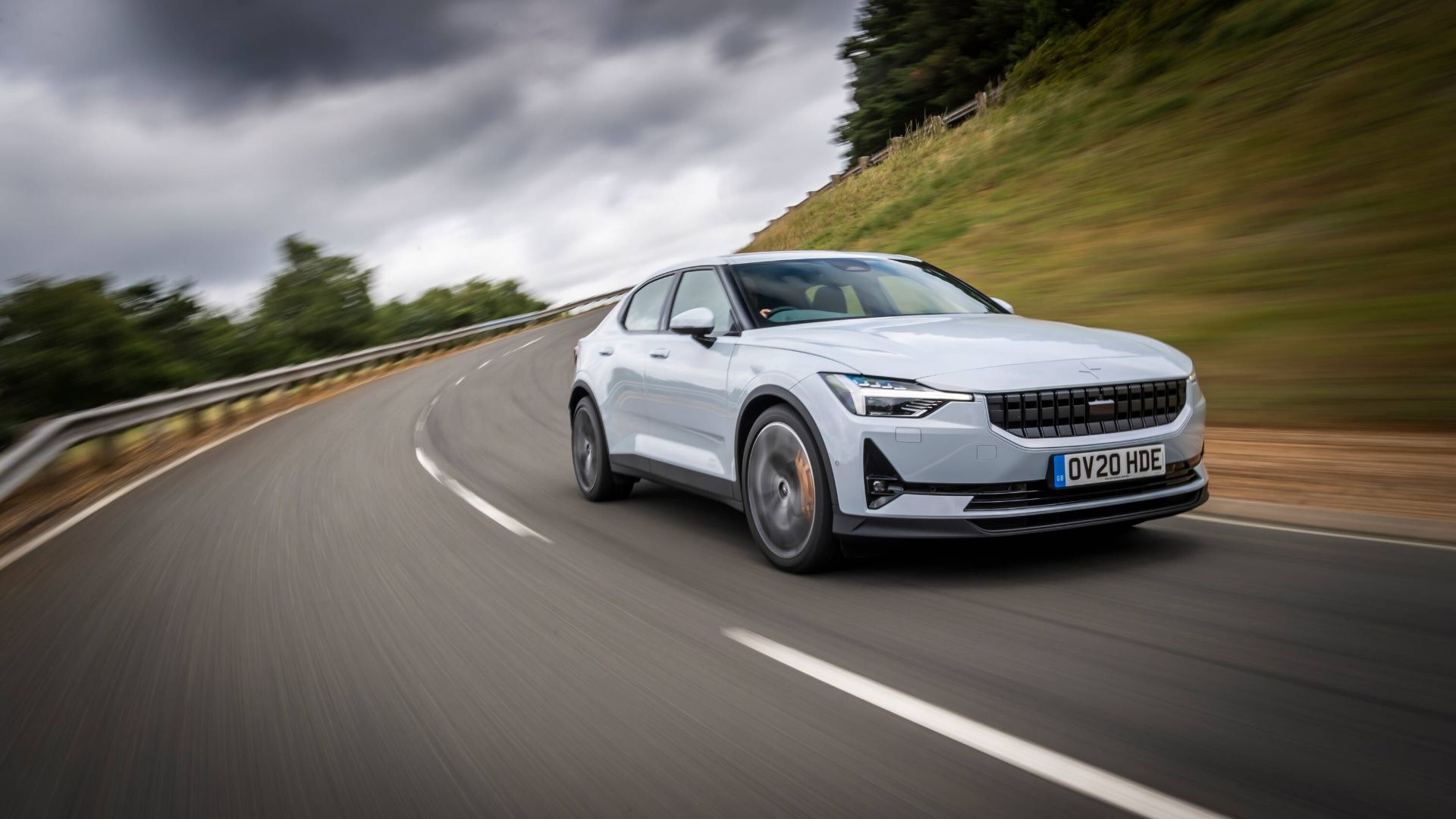
Polestar 2 or Tesla Model 3? That’s the burning question if you have £50,000 to spend on a new EV. Cards on the table: I prefer the Polestar. But the winner here is far from clear-cut. It really depends on your priorities, and how you plan to use the car.
Let’s start with the styling. The Polestar is more saloon-on-steroids than upright SUV, with crisp contours and a chopped tail. There are hints of sister-brand Volvo in its concave grille and broad shoulders, but the 2 has an identity all its own. The bar-of-soap Tesla looks bland by comparison, like one of those generic cars used in advertisements.
Inside, the 2 seats five in relative comfort. Its 405-litre boot compares with 425 litres for the Tesla, while charging cables are stored in a 35-litre ‘frunk’ beneath the bonnet. Both cars have fully vegan interiors to bolster their eco credentials. Polestar’s WeaveTech seat fabric offers a ‘smooth, sporty look and feel inspired by wetsuits’, which is better than it sounds. With subtle slate-look trim and chunky metallic details, the vibe is cool and very contemporary.
Screen time
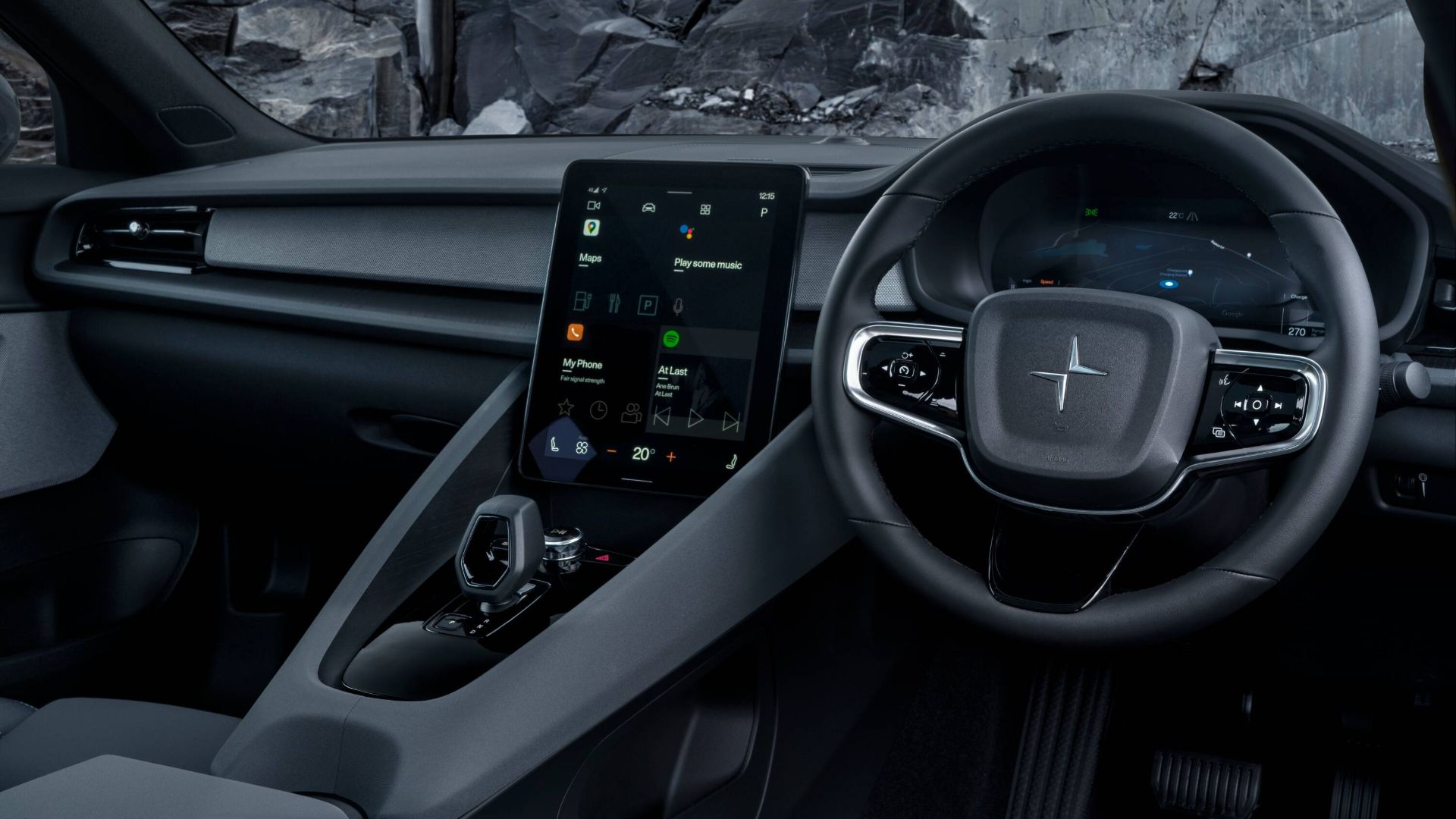
Where Tesla has arguably taken reductionism too far – its massive central touchscreen was recently declared unsafe by a German court – Polestar retains a more traditional layout, with an instrument binnacle in the driver’s line of sight. No surprise that it feels more tactile and solidly built than the American car, too.
The 2 was the first car to feature Android’s new operating system (since joined by the electric Volvo XC40 Recharge) and it’s incredibly slick. Using Google Maps for navigation, Google Assistant for internet queries and Spotify for music streaming feels so familiar and intuitive – and it all syncs brilliantly with your smartphone. My only disappointment was the lack of Apple CarPlay, due in 2021.
Only one 2
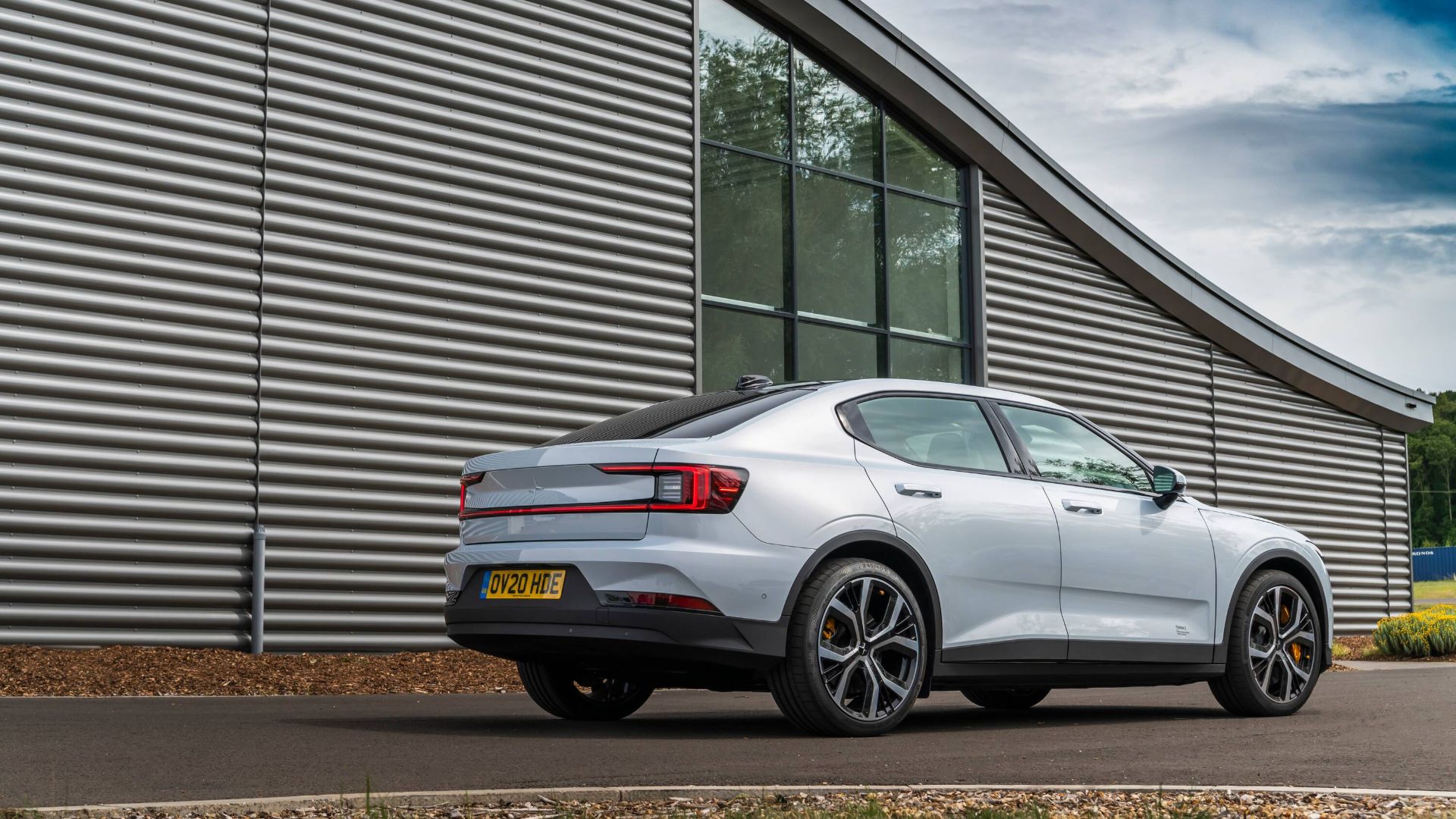
Unlike the 3, there’s only one version of the 2 (still following me?). Its 78kWh battery and two 150kW motors serve up 0-62mph in 4.7 seconds. With batteries fully charged, which takes 40 minutes from zero to 80 percent using a rapid charger, the quoted range is 292 miles.
Those numbers seem impressive… until you look at the Tesla. With nearly 300kg less to shift, the top-spec Model 3 Performance rockets to 62mph in 3.4sec, tops up to 80 percent in just 20 minutes using a Tesla Supercharger and travels 352 miles on a charge.
Polestar 2 on test.
— Tim Pitt (@timpitt100) October 19, 2020
Vital stats: 408hp, 0-62mph in 4.7sec, 19.3kWh/100km and 0g/km CO2.
Price before options: £49,900. pic.twitter.com/zusrT8rdI4
Indeed, Tesla’s proprietary Supercharger network could be reason enough to sway your decision. It’s simply faster, better established and less complicated. On one day with the Polestar, I downloaded several energy providers’ apps, discovered several chargers that didn’t work, called several helplines and, ultimately, took several hours longer to travel from Warwick to London than I’d hoped.
None of this was the car’s fault and if, like most EV owners, I could charge at home, it wouldn’t have been an issue. But still…
Torque talk
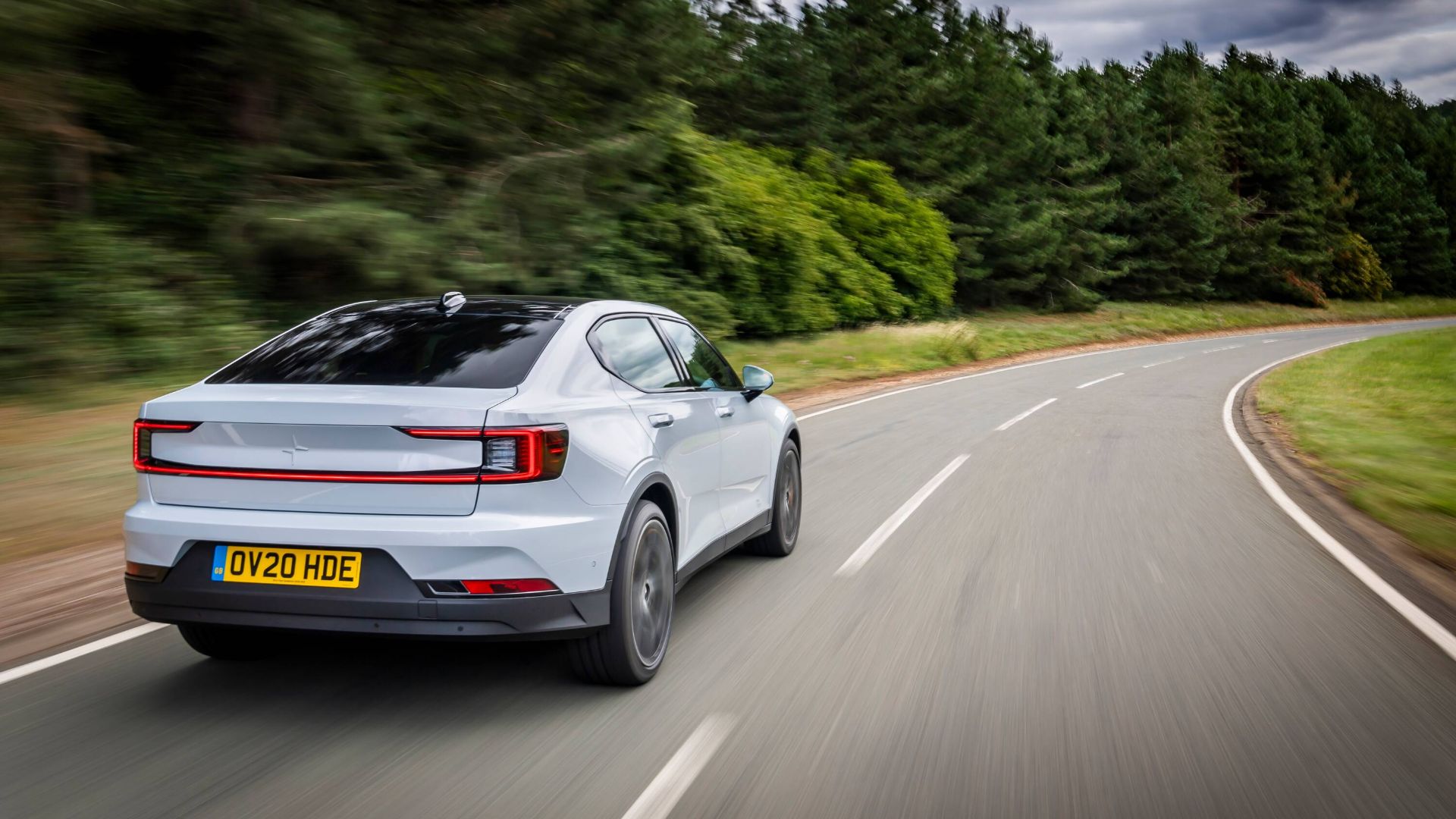
Make no mistake, the 2 is a very quick car. Prod the gear selector into ‘D’ (there’s no start button) and you immediately sense its omnipresent electric torque. The instant response, combined with four-wheel-drive traction, means you’ll rarely be left behind at the lights – and it all happens in gently humming near-silence. Just go easy on those warp-speed launches or you’ll decimate the miles-to-empty readout.
Where the Polestar pulls something back is driving enjoyment. The Tesla feels a bit one-dimensional: dizzyingly quick in a straight line, but rather woolly and disinterested when it comes to corners. Not so the Polestar, which is taut and eager, with nicely weighted steering and good body control.
That said, my test car was fitted with the £5,000 Performance Pack, including adjustable Ohlins dampers, beefed-up Brembo brakes and larger 20-inch alloys. It makes the ride a little restless and is probably overkill on a family EV. One to try before you buy.
Sweden or Silicon Valley?
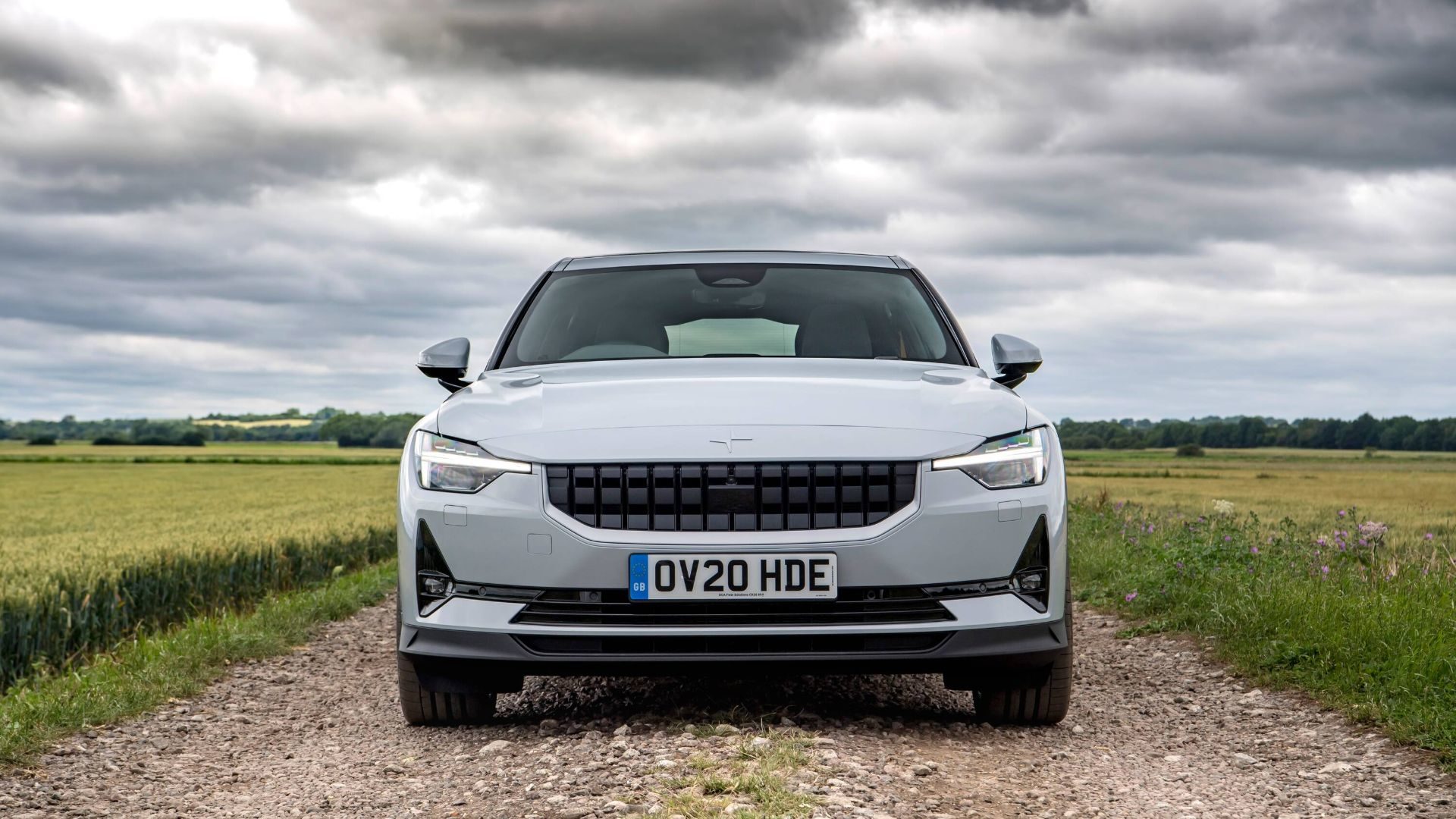
So, Silicon Valley trumps Sweden for performance, range and ease of use, but Polestar comes top for design, dynamics and overall desirability. Like I said, there’s no clear winner here.
The good news is both are very credible cars that bode well for our (mostly) electric future. Now the charging network just needs to catch up.
ALSO READ:
Nice review! I wouldn’t take the Tesla simply because it has a saloon trunk and my dogs need a hatchback. So any other advantages it has are moot for me.
I dropped into Baldock services, in Hertfordshire, on Tuesday in my HOnda e. They were just upgrading the Ionity chargers to 350kW, which I guess will be the way forward for the likes of the Polestar in future. Mind you, there are only 12 stations open right now in the UK, so a very long way to go.